Sony A7R V, the first truly high-resolution camera without the typical downsides that high resolution usually brings?
Let’s see…
(All of these images are edited jpg images. The images will be replaced and more images will be uploaded as soon as the software manufacturers release support for A7R V raw files)
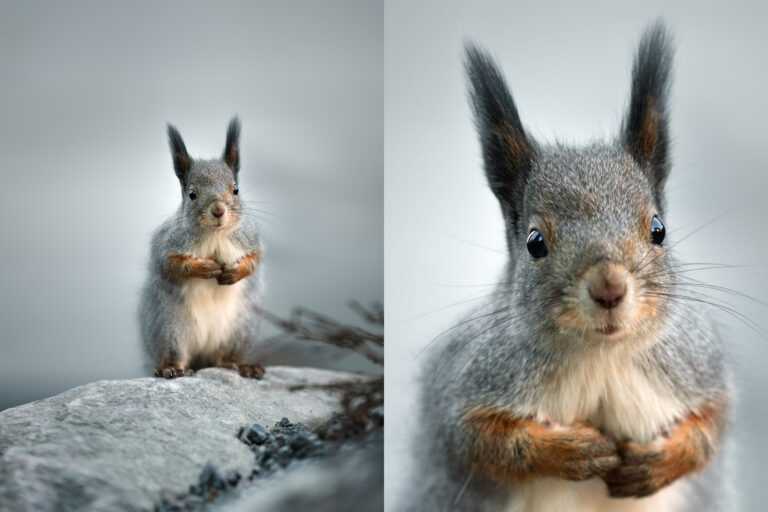
First of all, how many megapixels and how high resolution do we need? Is there really a need or are we just exposed to a hyped race where manufacturers creating a need and thereby make us want to spend our money?
I can’t answer for everyone, I can only speak for myself. And if I look at myself and my needs, the answer is crystal clear, I really need high resolution. And when asked how many megapixels I really need, I can only give the simple answer that no matter how many are offered, I need all of them.
Let me explain…
As a landscape and wildlife photographer, I have for a very long time faced a constant challenge that I’m sure everyone has faced at some point. Am I in need of speed or resolution, and then you have been forced to make a choice and then compromise in the best way based on the choices you made.
As it was never really possible to combine the best of both worlds before, you have always been forced to make a choice. You have had to choose a camera with good and accurate autofocus and a fast continuous shooting but at the expense of the resolution and vice versa. This was a fact for a long time and there were probably a lot of us who prayed and wished so much that there was something in between, something with adequate speed and yet a representative resolution.
This dilemma lasted for me until Sony released their A1, a camera with specs so good it almost felt unreal. A camera so good that it took a lot of use before I could relax and realize that it is actually true. I remember so clearly how I for a long time really was looking for faults just because my stomach told me it was too good to be true. A camera with exceptional speed, and with a resolution that still remained at the top of the market, it was really a milestone in the development of superb tools for animal and nature photographers.
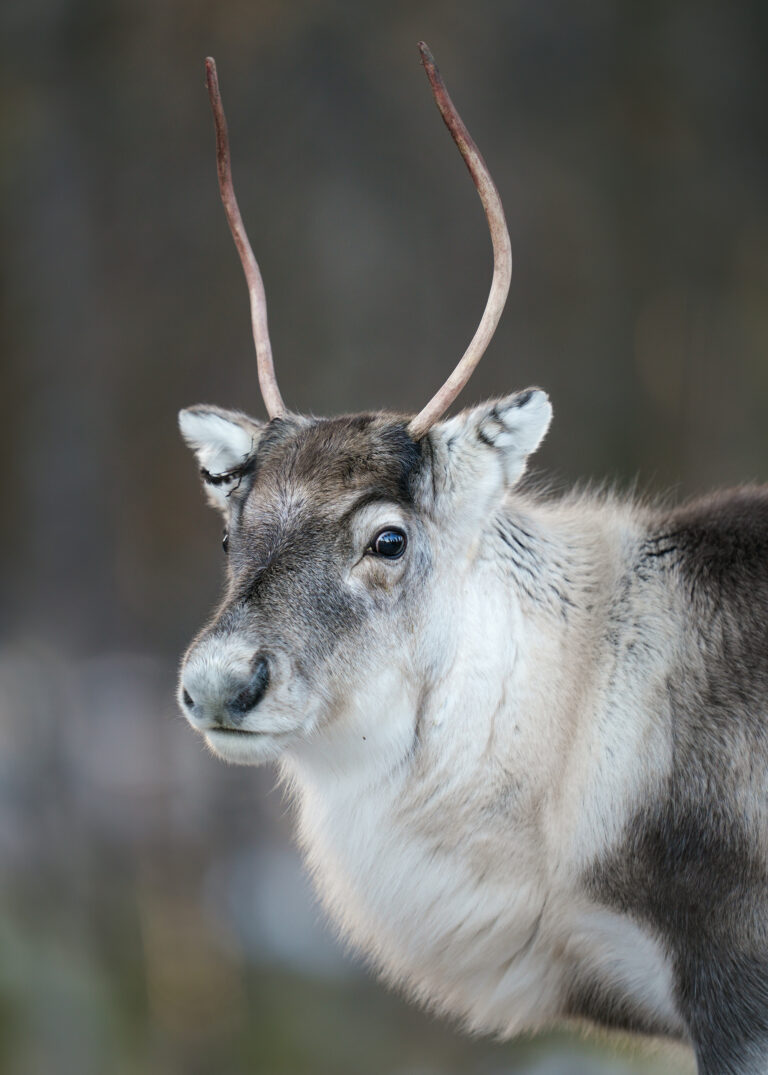
So is Sony now taking another big step forward with the release of their new A7R V ?
A camera with the same high resolution as the previous A7R IV, but how does it perform in terms of autofocus? And are there any other clear advantages and upgrades from the A7R IV ?
After testing the A7R V for a few days, I can only say that it is good, really damn good!!! And the upgrades that have been made are really big steps forward, and I feel so genuinely excited about this camera that surely will make my life as a photographer so much easier.
Before I go into details and why this new camera is another big step forward, I need to get back to the basics and briefly explain why I have such a need for many megapixels and high resolution in my way of photography.
When it comes to wildlife photography, there is one thing that is usually far more important than anything else, the need of reach. It is a constant challenge to position yourself correctly and with the help of a long focal length get close enough to the animal. And then it is easy to think that the longer the focal length, the better. But is it always like that? It must not be forgotten that even by cropping an image you get a longer range. And could it even be that in some cases it might be better to crop than to have a longer focal length? Yes, in my opinion the answer is absolutely yes. And this is why…
I use to to say that a high resolution camera is your best friend when it comes to photographing wildlife in bad light conditions. In good lighting conditions, a lens with a longer focal length is usually preferred. But it is a fact that the aperture on telephoto and especially telezoom lenses becomes smaller and smaller the longer the focal length gets. And when the light starts to fade, it often doesn’t take long before you realize that the size of the aperture suddenly becomes so much more important than the focal length. And after turning up the ISO way too much and still being forced to lie at shutter speeds that are way too long, you realize it’s time to go home. But the problem is that we are talking about photographing wild animals, animals that are usually most active at dawn and dusk.
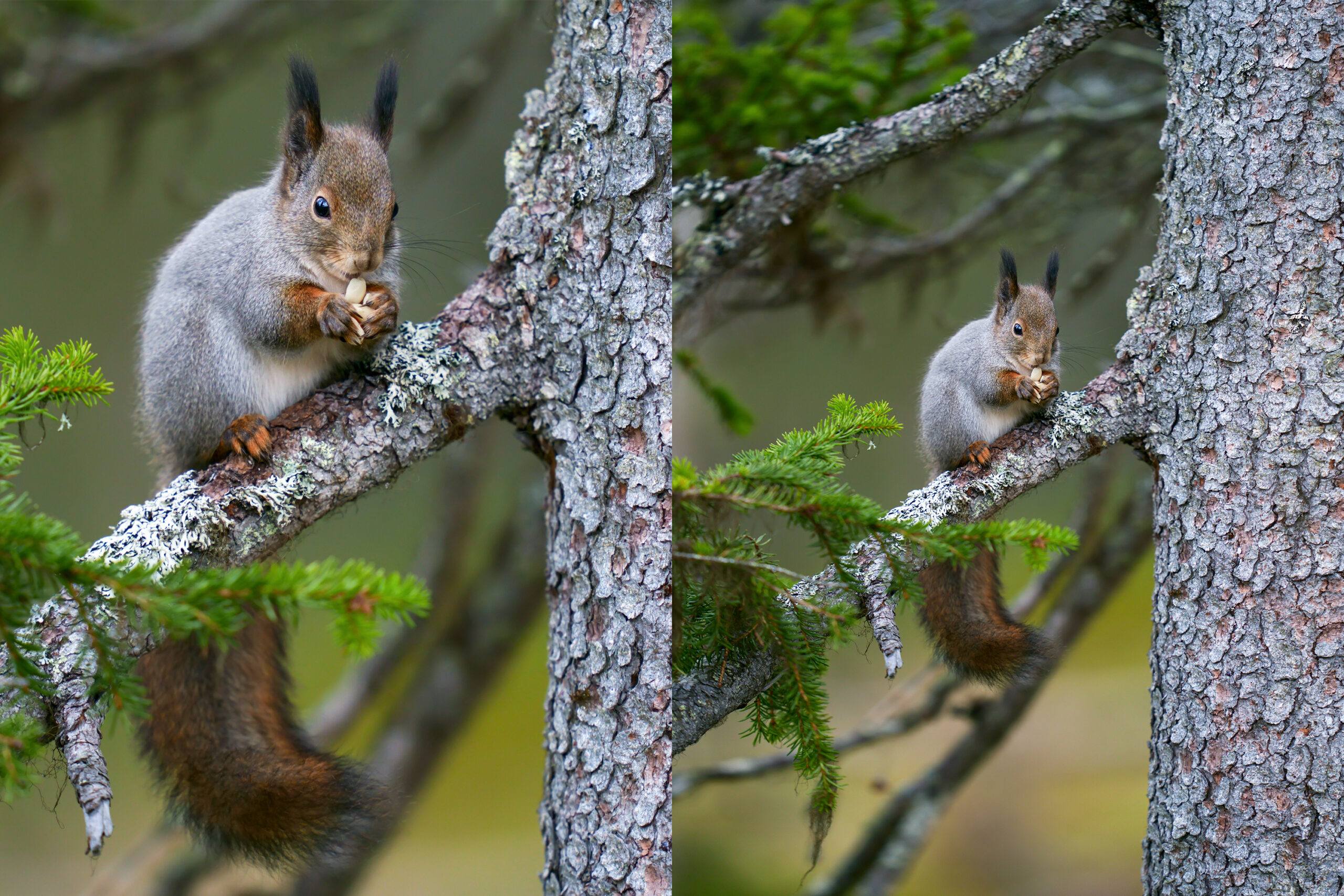
So now we get into what I’m trying to explain, the importance of a large aperture. In situations like these, the choice of aperture is, in my opinion, the most important thing and something that, together with a high-resolution camera, saves the situation. An 800mm telephoto lens usually has an aperture of 5.6 or 6.3. And a common telephoto zoom that reaches 600mm usually also has an aperture of 6.3. If, because of the small aperture, you are forced to have an ISO that is too high and a shutter speed that is too long, which renders an image unusable due to motion blur, it is a small consolation that you at least had the range that was needed. Then it is much better to use a lens with a little shorter focal length but with a large aperture to ensure that you get a correct shutter speed and a suitable ISO number. Because if the image is sharp and clear and is taken with a high-resolution camera, there is no problem compensating for the slightly shorter focal length by cropping the image as desired. It is with this mindset that I again want to say that a high resolution camera is your best friend when you are shooting animals and the light starts to fade.
So now let’s focus on what this post is really about, the new and just released A7R V from Sony.
I feel like I have to start with a deep dive into the new and absolutely phenomenal auto focus system that this camera offers. This is in my opinion the most significant upgrade from the previous model.
The A7R V takes a step forward with its 693 AF points (86% coverage in FF and more than 90% in APS-C)
But without a doubt, the biggest improvement is the new AI-based AF system with next generation subject recognition (Human/ Animal/ Bird/Insects/ Cars/ Trains/ Airplanes/ etc) which also supports Real-time Tracking.
Have photographed some eagles in recent days and also had some seagulls as test subjects, and it’s really funny how many of the pictures have the focus in the right place. When it comes to really small and very fast birds, however, it becomes a bit more difficult. There you really wanted more than 10 fps for the best results.
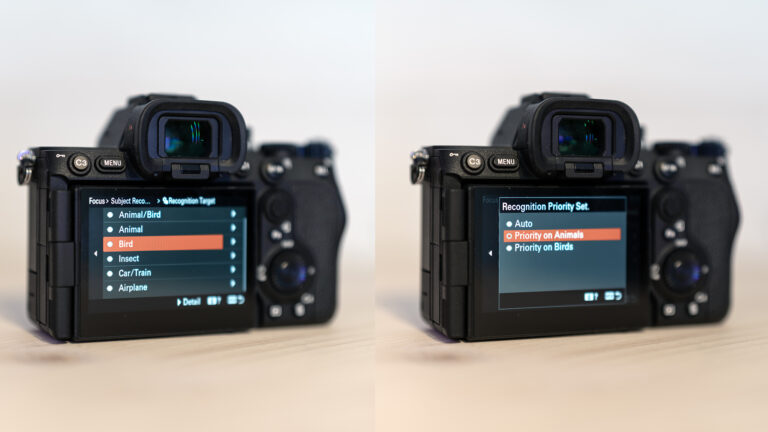
The autofocus system is really much better than on the previous model. I don’t know if it is the new processor itself that makes the difference or if it is the new refined AI technology, I would guess a combination of it.
This is really impressive, I would not have expected to get the speed and reliability that this new AF system delivers without sacrificing resolution. But the A7R V, with its back-illuminated Exmor R CMOS sensor, still has 61 megapixels, the same number as the previous A7R IV. So we have a new greatly improved AI based AF system with maintained resolution! This makes me so happy, and I can hardly stop smiling when I realize how important this is to me when I want to be able to crop images taken in low light to compensate for choosing a shorter lens with a larger aperture, and still have enough resolution for make large and high quality photo prints.
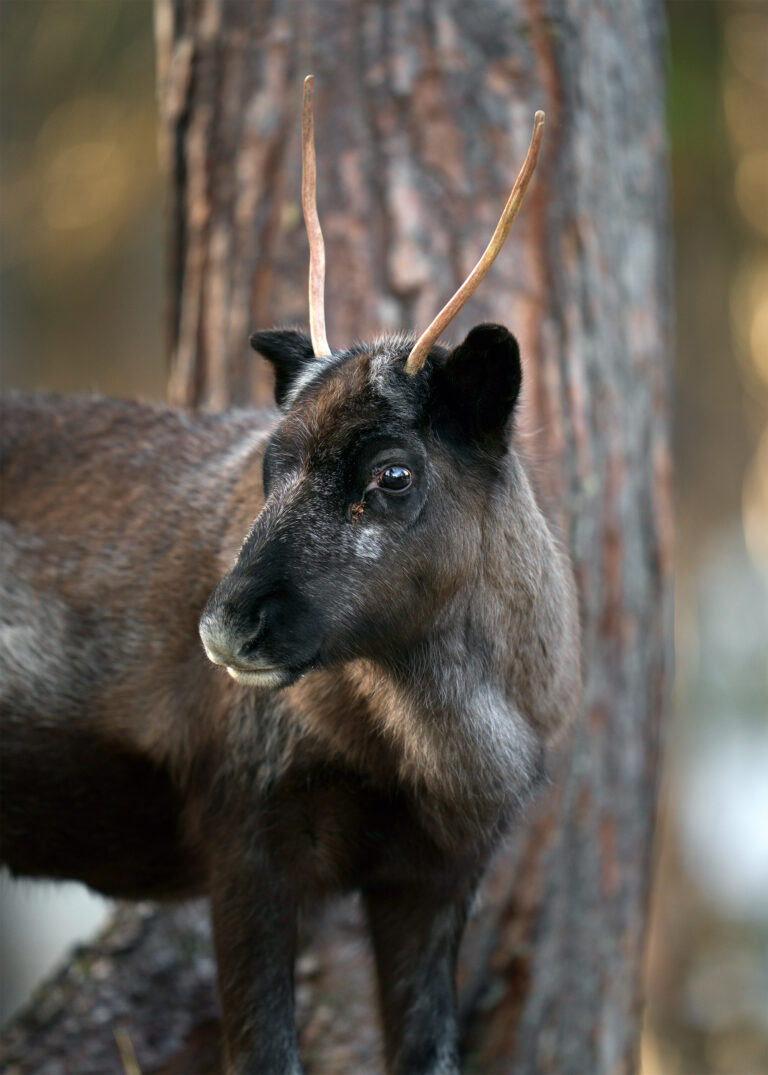
The BIONZ XR image processing engine is super fast, same engine as the A1.
And with the upgraded card slots that now handle CFExpress Type A, the problem with buffering is completely gone.
If you shoot continuous shooting at 10 fps in uncompressed raw, you can take hundreds of pictures without the camera having to buffer. And when I did a test in compressed raw, I could basically hold down the shutter button forever without any problems with buffering.
The A7R V is limited to 10 fps, but given the resolution it delivers and the speed and accuracy of the new autofocus system, at least I feel that 10 fps is absolutely good enough.
The exposure compensation wheel is gone and has been replaced with a programmable wheel that is set to ISO in as standard, so good! finally!
The new upgraded 8-step image stabilization seems to be able to do its job. Is difficult to measure exactly and compare to the previous one. But when I shoot with shutter speeds that are on the limit, I see a clear difference in how many of the images come out sharp without motion blur
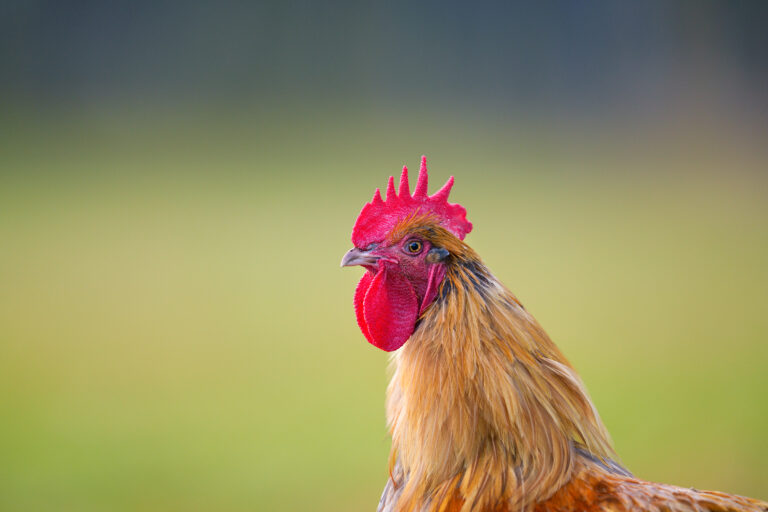
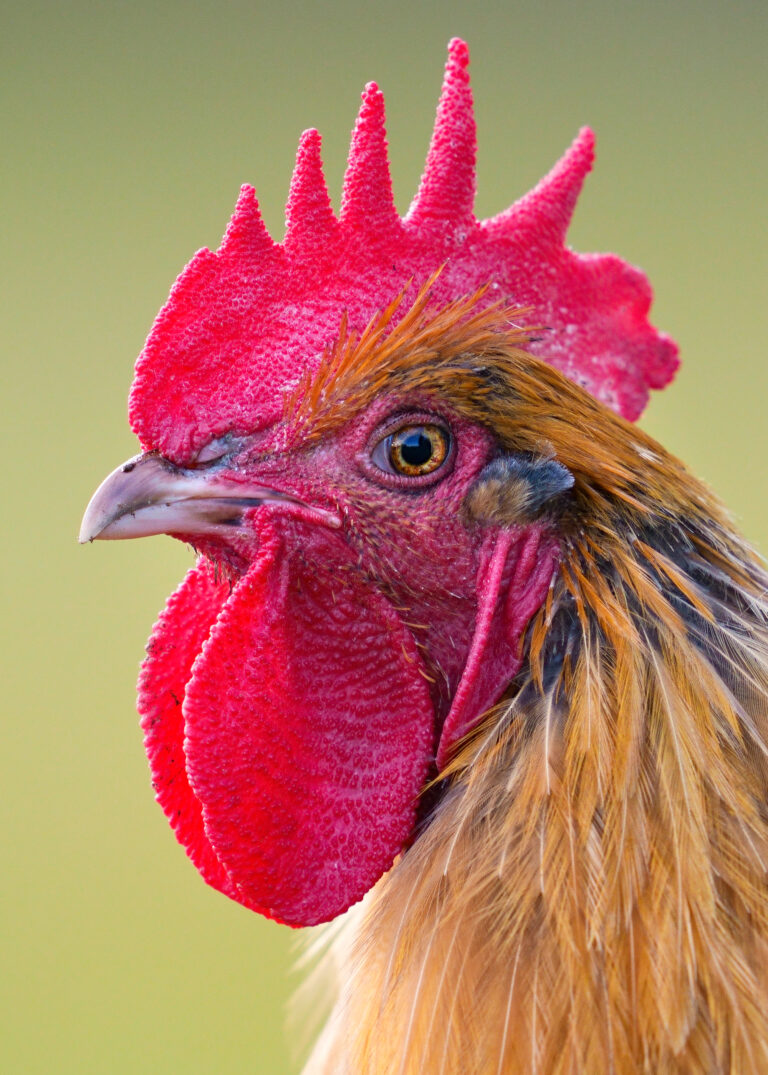
Features:
- 61.0MP back-illuminated Exmor R CMOS sensor
- BIONZ XR image processing engine
- AI-based AF with next generation subject recognition (Human/ Animal/ Bird/Insects/ Cars/ Trains/ Airplanes/ etc)
- Advanced Real-time Tracking with wide, high density phase detection AF
- 693 AF points (86% coverage in FF and more than 90% in APS-C)
- More than 583 compressed RAWs in continuous shooting
- 10 fps burst with AF/AE tracking
- 8K 24/25p and 4K 50/60p recording
- S-Cinetone, 10bit depth, 4:2:2 colour sampling
- Movie support functions (AF Assist, breathing compensation, focus map, etc)
- In-body image stabilization with up to 8-step compensation effect
- Upgraded Pixel Shit Multi Shooting
- Selectable RAW options including lossless RAW for efficient workflow
- New 4-axis multi-angle LCD monitor with 3.2-type large screen
- 9.44 million-dot QXGA viewfinder
- 2 compatible slots Two CFExpress Type A and SD cards
- Remote shooting, FTP transfer and UVC/UAC USB streaming
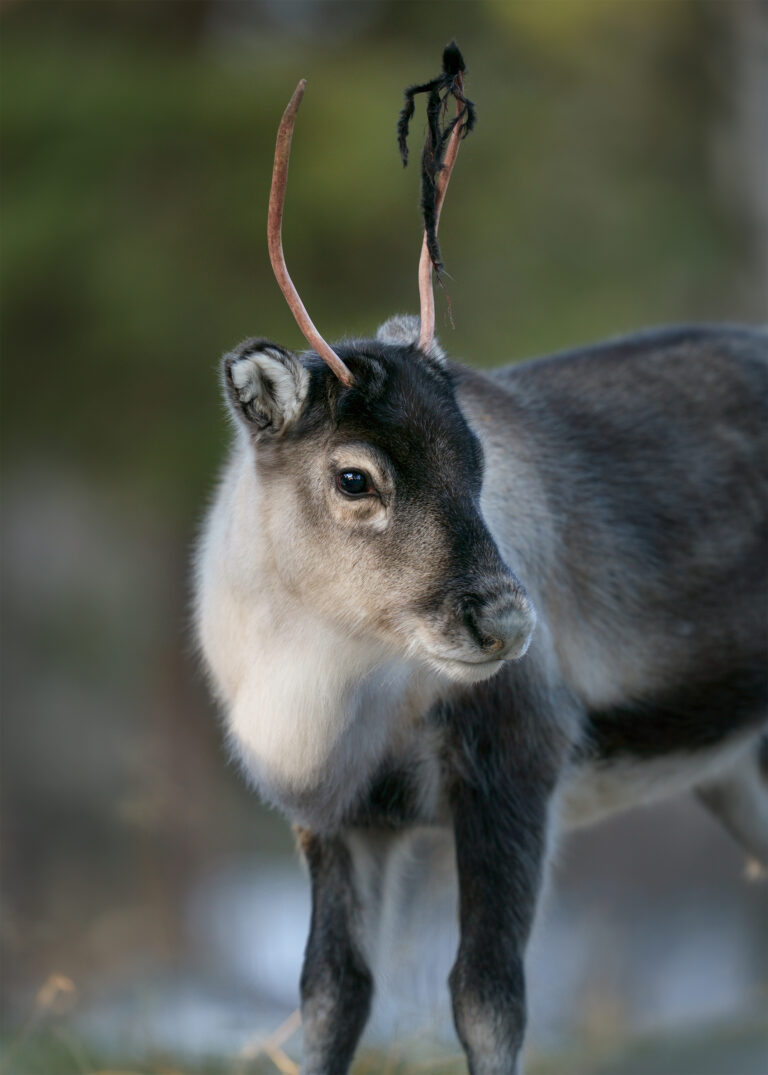
Pros and Cons
The biggest pros for my use:
+ High resolution, image quality and color depth.
+ The new AI-based autofocus system is a major step forward.
+ A definite improvement of the Real time tracking.
+ The new upgraded 8-step image stabilization.
+ Continuous shooting without the risk of buffering.
+ Focus bracketing (stacking)
+ New EVF with higher resolution
And some cons:
– 10 frames per second is usually enough, and given the resolution it’s really good, but I can’t help but wish it was 15.
– For very small and fast flying birds, you may experience some limitations.
When it comes to ISO and the amount of noise, high-resolution cameras often get a minus, but here I can’t really agree. To say that images from a high-resolution camera generally contain more noise is a bit misleading. The high resolution makes more noise visible compared to fewer megapixels on the same sensor area. But what if you resize the image to a size equivalent to a camera with a lower resolution? Then a large amount of the noise disappears because it is no longer as visible.
Then I feel that in post-processing it is easier to remove noise from a high-resolution camera than from one with a lower resolution. Since each small detail, such as a star, consists of more pixels, it becomes easier for the software to see the difference between noise and a star during noise reduction. So yes, you may maybe experience more noise with a high mp camera, but at least it’s nothing that limits me in my creation so far. But here I must be very clear that I cannot speak with full knowledge regarding the new A7R V. As the camera is not yet officially released, there are no programs that support its raw files, so I have only been able to work with JPG and TIF. And without access to the raw file, I can’t 100% tell about noise. But when I compare JPG files straight from the camera between A7R V and A7R IV I do not fint any differences.
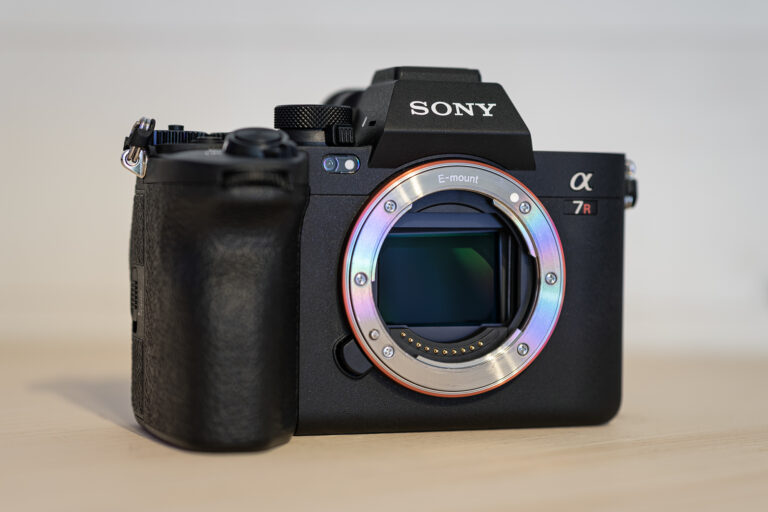
Summary:
So, what do we say about this new camera from Sony, how does it perform and who is it for?
To begin with, I must say that I am impressed, very impressed. The previous A7R IV has for a long time been a well-functioning workhorse that I really appreciated a lot. I can’t say that there was anything obviously “wrong” with that camera, even if there were things to be desired. And now when a new version comes out with the same wonderful image quality, the same high resolution and that it now also fulfills almost all the wishes I previously had, well then it’s hard to feel anything but satisfied.
The A7R V is the camera for you who are looking for high resolution, good color depth in the raw material and who want the absolute best possible image quality.
High resolution studio portraits, advertising and marketing material to be used for large prints, etc. etc. The uses for a camera like this are really many. When it comes to landscape and wildlife photography, I can really recommend the A7R V, the ability to crop images significantly without losing too much data opens up completely new possibilities in the workflow. If you also want to be able to make large prints even after cropping your images, the A7R V is a dream for that purpose.
The autofocus system is very well upgraded, which also means that the use for the A7R V becomes significantly wider than with the previous version. However, a limitation may be that the maximum number of image series per second when shooting in continuous shooting is limited to 10 fps. But if resolution is more important than extreme speed, the choice is easy. Although the new AI-based AF system is very fast and maintains a very high accuracy, I experienced a limitation when it came to photographing very small and fast-flying birds. If you photograph birds, and mainly small birds and really want to capture the exact right moment, I recommend choosing the faster A1. Then you get an even faster camera but at the expense of resolution, although the A1 is still a camera in the high-resolution category. But for most other animals and purposes, the A7R V will be an obvious choice for me. Partly because it suits my way of working, my way of prioritizing large aperture over maximum range when the light start to fade and then because I simply really need the resolution. Printing is a great passion for me, and I also want to be able to deliver the absolute best imaginable quality on my products that I sell in my print shop. And when it comes to very large prints, every single megapixel is needed.
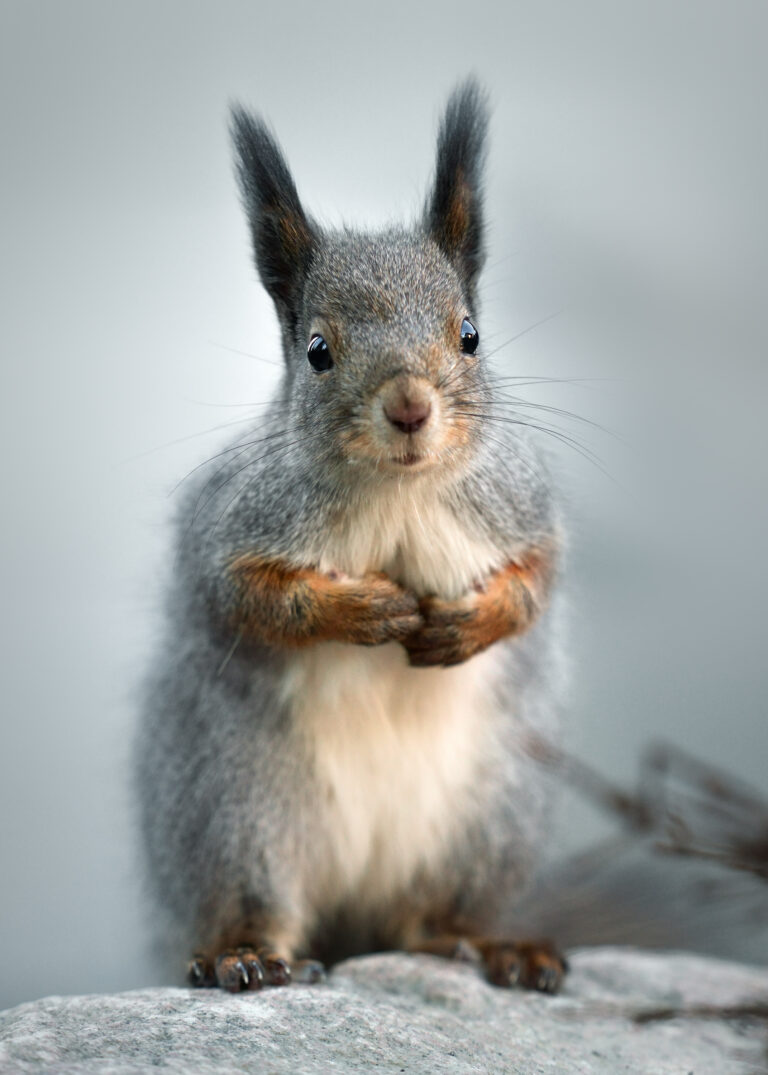
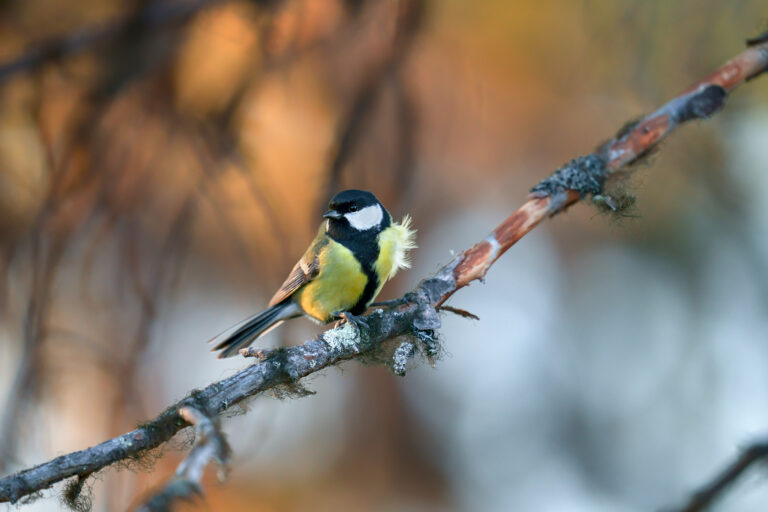
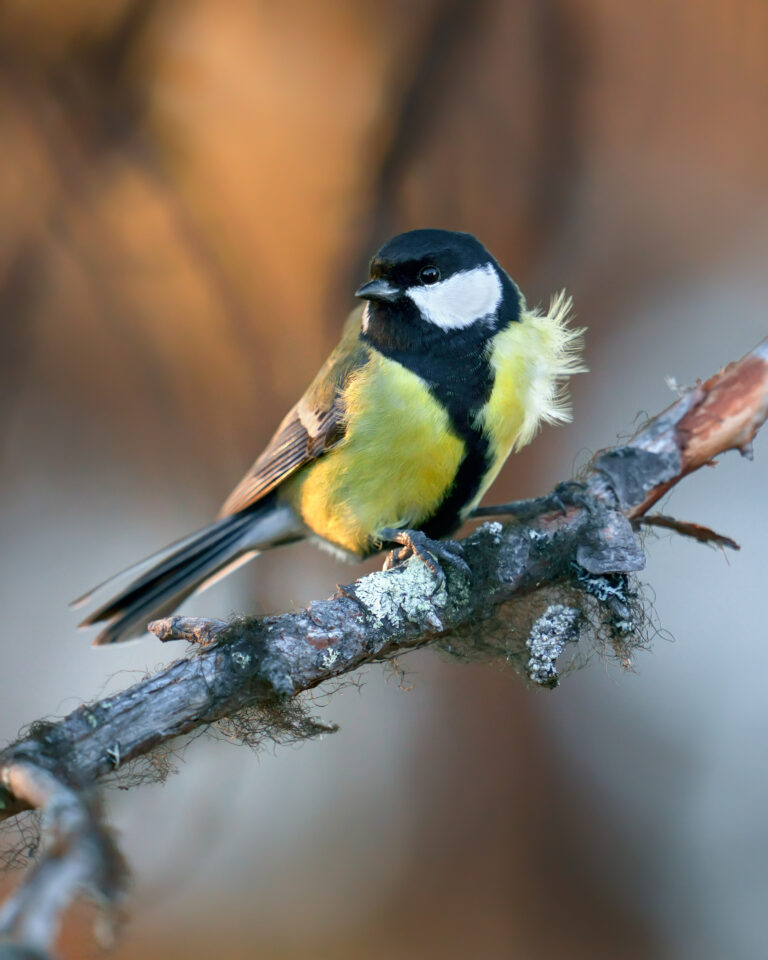
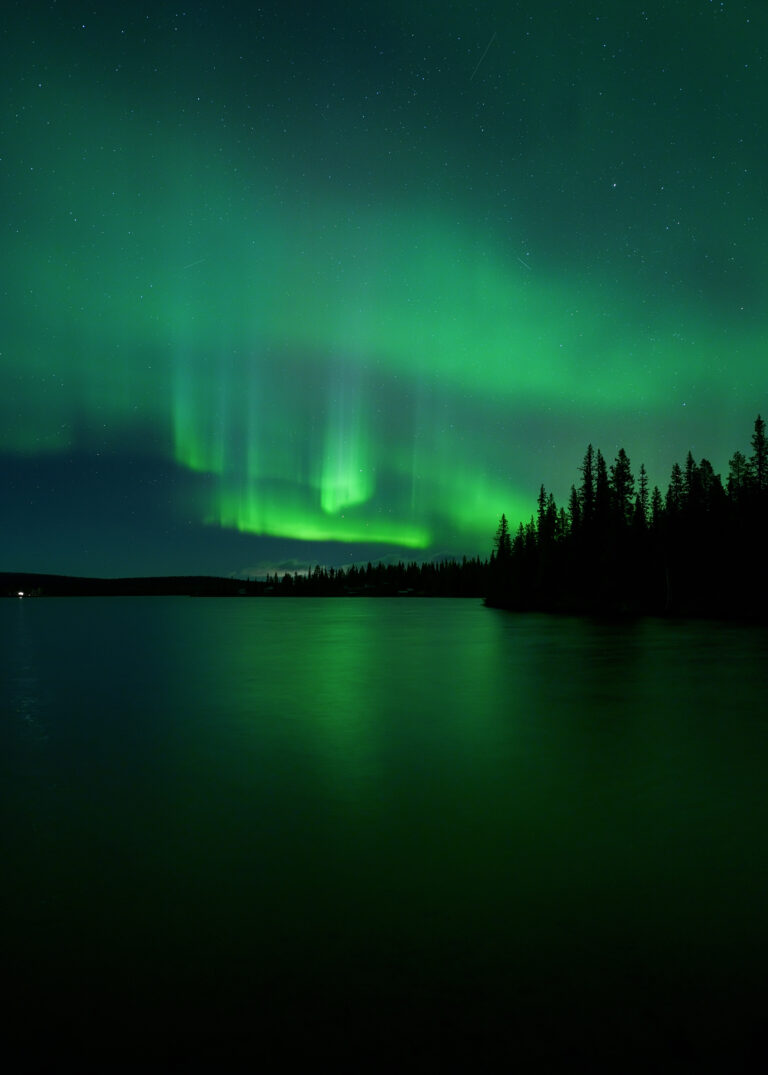
All photos in this review are photographed handheld and with the Sony A7R V camera body. During post-processing, only parameters such as light, shadows, hue, saturation, contrast and so on have been adjusted. As all available raw format converters at the moment do not support the arw format from the new A7R V as it has not yet been released, all images are converted to TIF before editing.
Hope this review is helpful and that you find it interesting and relevant. If you have any questions, feel free to contact me through the contact form here on my website.
/ Magnus Winbjork
